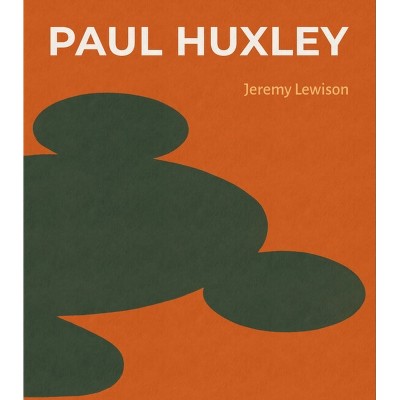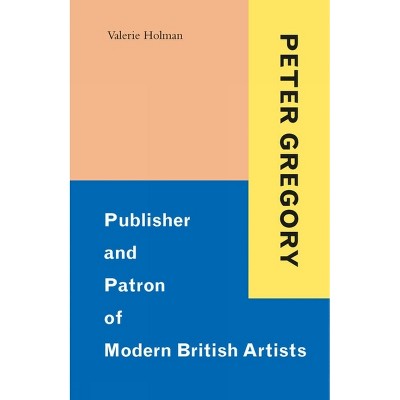Sponsored

Power, Politics and the Street - by Iola Lenzi (Hardcover)
In Stock
Sponsored
About this item
Highlights
- Providing a recent history of Southeast Asian art linked to the social and political contexts in which the illustrated work emerged, this groundbreaking book reveals the innovative creative strategies, often covertly encroaching on public space, developed by regional artists to ensure the communication of sometimes provocative, even rebellious, ideas to a general audience.Surveying work created by Vietnamese, Thai, Burmese, Cambodian, Indonesian, Malaysian, Singaporean and Filipino artists, the publication's broad regional spread provides valuable insights for a global audience perhaps unfamiliar with the pioneering utilisation of the street, public locales, and techniques of audience co-opting that have made Southeast Asia, and continue to make it, a region instrumental in facilitating social change through art.
- About the Author: Iola Lenzi, originally trained in law, is an art historian and curator of modern and contemporary Southeast Asian art, a subject that she teaches at undergraduate and graduate level in Singapore.
- 240 Pages
- Art, Asian
Description
Book Synopsis
Providing a recent history of Southeast Asian art linked to the social and political contexts in which the illustrated work emerged, this groundbreaking book reveals the innovative creative strategies, often covertly encroaching on public space, developed by regional artists to ensure the communication of sometimes provocative, even rebellious, ideas to a general audience.
Surveying work created by Vietnamese, Thai, Burmese, Cambodian, Indonesian, Malaysian, Singaporean and Filipino artists, the publication's broad regional spread provides valuable insights for a global audience perhaps unfamiliar with the pioneering utilisation of the street, public locales, and techniques of audience co-opting that have made Southeast Asia, and continue to make it, a region instrumental in facilitating social change through art.
Review Quotes
'[Lenzi's] search for the socio-historical antecedents, attributes, and arc of the art made in Southeast Asia from the 1970s to the present is rigorous and edifying.' - Max Crosbie-Jones, E-flux Criticism
'Iola Lenzi demonstrates with clarity and conviction the relevance and agency of Southeast Asian art and artists that emerge from local social and political conditions to actively engage with contemporary art in its global contexts.' - Seng Yu Jin, Director (Curatorial, Research and Exhibitions), National Gallery Singapore
'Iola Lenzi has condensed a lifetime's research into a scholarly yet highly readable panorama of Southeast Asian art--the perfect introduction to this fascinating world.' - Tash Aw, Novelist and critic
'Iola Lenzi precisely weaves together the story of social political changes and artists' responses to them. This book is a must-read for anyone trying to get to grips with the art scene in Southeast Asia in this tumultuous period.' - Mella Jaarsma, Artist, curator and co-founder of Cemeti Art House, Jogyakarta
'Iola Lenzi's breadth of regional understanding acquired from decades of living in Singapore, and her multilingual conversations with Southeast Asian artists, enable clarity and depth in outlining complex local art history. This book, which joins an increasing list of regionally produced studies servicing a new field, should be in every art library and on every curator's shelf, serving as an intelligent source of carefully selected illustrations, textual debates and bibliographic notes.' - John Clark, Professor Emeritus, Asian Art History, University of Sydney
About the Author
Iola Lenzi, originally trained in law, is an art historian and curator of modern and contemporary Southeast Asian art, a subject that she teaches at undergraduate and graduate level in Singapore.
Shipping details
Return details
Trending Non-Fiction











